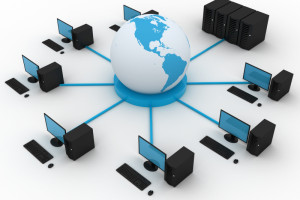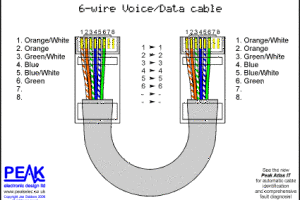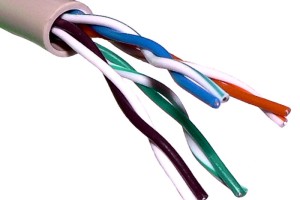Fiber Optic Cables
In the world of cutting-edge and developmental cabling technologies, Fiber-Optics are at the top of the list. Most folks have heard some whisper of optical -fiber cabling and what can be used for, but the real specifics and complete rundown of the equipment tends to be more of and unknown. The general knowledge is usually that fiber-optic cable is a new and highly efficient means of transmitting information with high resolution. It is especially useful, therefore for television, internet and other visual media transmission. However, there are more questions surrounding what the cable actually is, how it is constructed and why its functionality is so good at moving data.
To understand optical fiber cabling one should probably begin with the tiny beauty of optical fibers. They are actually long, thin strands of glass that are made by heating up specialized glass to thousands of degrees and then stretching that glass out to lengths over sixty feet per second. During the fiber pulling process, a laser tool is used to measure and ensure that the strands are consistent in width and diameter and have no obvious flaws from beginning to end. It is the reflectiveness of these glass strands that allows them to move information over great distances. Once the strands are made they are exposed to ultraviolet waves and coated in plastic that allows them to act as internal mirrors refracting in each thread. Though these tiny strands are made of glass, they have great tensile strength and adaptability, setting them apart from other kinds of wires in their durability and usage abilities.
These optic fiber strands are the building blocks of fiber optic cables, which can hold one, two, or many individual fibers, depending upon their intended use. These fibers are placed in the center of such cables and encased in a plastic chute and a Kevlar layer to absorb shock, leaving the fibers space to bend and turn as they are run across tight spaces. Last, there is an external casing to protect and keep out environmental factors. This cable can then transmit signals with the assistance of an optic transmitter that adapts analog or electric information into light signals that fiber-optics are built for.
Fiber-optic cabling then runs these light signals to an optical receiver which returns the data to the form of its origin, making it readable on your computer or TV.
There are advantages to optical fiber cabling over other network cables, including its ability to transmit bigger batches of information over long distances with less interference and data loss. Signals run on fiber-optic cable are also less likely to be corroded by external radiation and frequency as copper cabling often is. There are also some disadvantages to fiber optics, mostly surrounding the fact that the materials are so specialized that it requires skill to maintain and repair them, and most information must go through a conversion process to run along the fibers, leaving space for missed or weak connections. Generally, however the advantages of Optical Fiber Cabling outweigh the issues, and as the technology is developed it is sure to become more and more commonly applied to network cabling.




